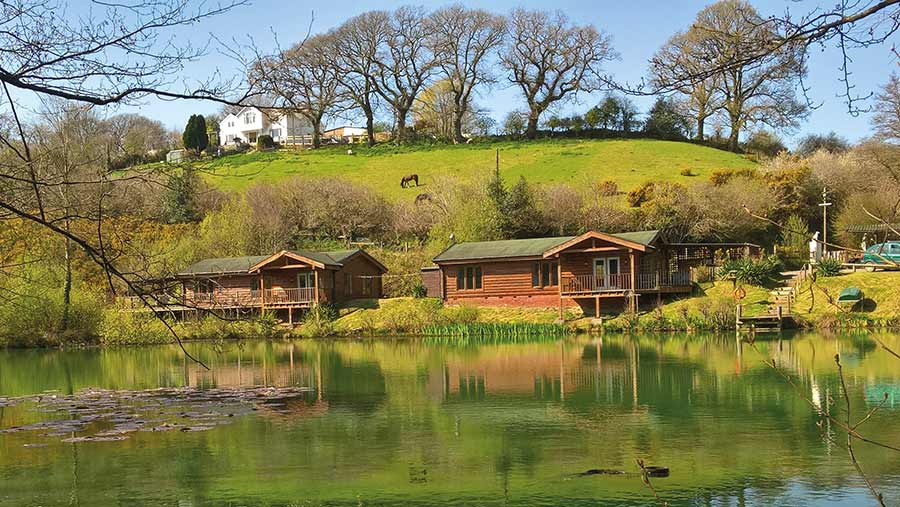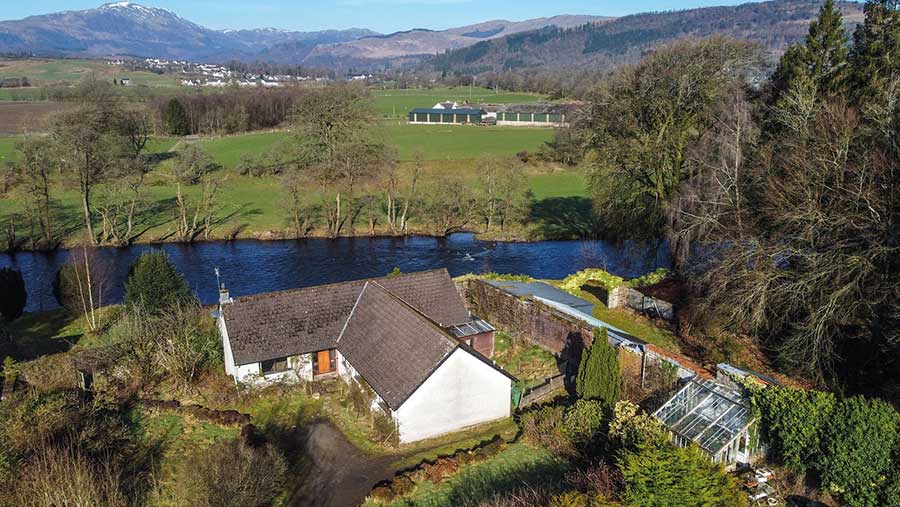Leisure property market booming from staycation demand
Individuals, investors and corporate buyers are all keen to capitalise on the recent surge in demand for holiday accommodation and leisure activities in the UK.
Leisure properties cover anything that offers accommodation such as camping sites, static caravans, lodges and holiday cottages, as well as activities like golf, horse riding and clay pigeon shooting.
They tend to be most prevalent and in most demand in south and south-west England, Norfolk, the Yorkshire Dales and north Wales.
See also: Land values rising rapidly to highest level since 2016
Some of the National Parks, such as the Peak District, are also in demand, but supply is lower.
Buyer types
Stephen Richards, head of rural leisure at Carter Jonas, said leisure properties are currently selling very quickly because demand is so high.
“Staycations rocketed when no one was allowed to go abroad, which has led to a bumper couple of years,” he said.
“This means that profits are up too and leisure operators are looking to add to their portfolios. The staycation market is currently the busiest I’ve ever known it.”
There are three main buyer types at the moment, said Mr Richards:
- The first is a couple or a team, aged between 45 and 55, looking to move somewhere that will provide a lifestyle change. They can work from home and most of them are looking for a semi-retirement project.
- The second is trusts, charities or people looking to invest.
- The third is a corporate operator that is already in the industry – it may, for example, run 10 hotels in London and is looking to add to its portfolio with a self-catering enterprise somewhere else in the country.
“Now is a very good time to sell and there aren’t really any cons for sellers,” said Mr Richards.
“From a buyer’s point of view, staycations are very popular and that’s going to continue for at least a couple of years.
“However, a lack of supply means the market is moving very quickly and it’s easy to miss out on the right property.”
Prepare correctly
The land market across the board remains extremely tight, with very little coming to the open market so far this year, said Sophie Clotworthy, associate farm and rural agent at Woolley & Wallis.
Values for all land and woodland continues to stay strong, with very little sign of demand easing.
Preparation continues to be key to achieving a successful sale and a vendor should never underestimate the importance of getting their ducks in a row before launching their property, she said.
“Informing your solicitor at an early stage is crucial to give them time to prepare the legal documentation required by a purchaser’s solicitor,” said Ms Clotworthy.
“Having the documentation prepared will ensure that when a purchaser is found the sale can move swiftly and smoothly to exchange and completion. Delays can often cost sales.”
Scotland
In Scotland, Duncan Barrie, partner at Galbraith, said some smaller farming units and bare land of all types are being sought for amenity and other agricultural tourism purposes.
Some larger farms and estates are also of interest for use as wellbeing retreats, with access to rural space for improved mental health being more at the forefront of people’s minds since the Covid-19 lockdowns.
As with the wider agricultural and residential markets, there is a shortage of properties available at present, so values are being maintained, said Mr Barrie.
A buyer’s need for a family home is now only one of the criteria – increasingly the ability for a property to generate additional income outside of normal agricultural operations is high on the checklist.
“The potential future use of buildings and land for non-agricultural purposes can, if marketed and designed correctly, be quite lucrative for buyers or investors,” he said.
“Obtaining finance can be a stumbling block for some buyers, as the properties with land and buildings often don’t conform to the traditional high street lender requirements.”
Some of the more marginal farms and estates will also appeal to parties interested in afforestation, which helps drive competition for sellers, but means buyers risk breaching their budget by paying higher forestry prices to secure a property for leisure use.
What’s on the market?
Income potential

Valley View © Carter Jonas
Near Bideford in north Devon, Carter Jonas is selling Valley View Lakes and Lodges with a guide price of £795,000.
The holiday business is set in nine acres and has four lodges overlooking the lakes, as well as woodland.
Scottish farm

Gart Farm © Galbraith
Galbraith has launched 113-acre Gart Farm near Callender, Perthshire, for offers above £950,000.
The holding includes four dwellings, a bothy, a range of farm buildings, productive grazing ground, amenity woodland, a loch and fishing rights.
